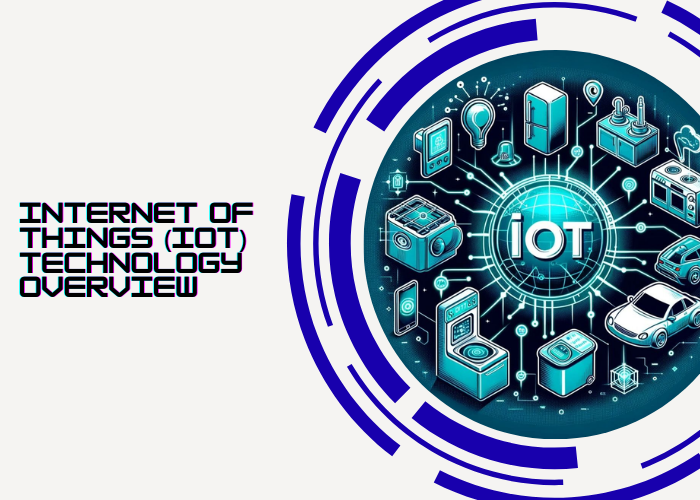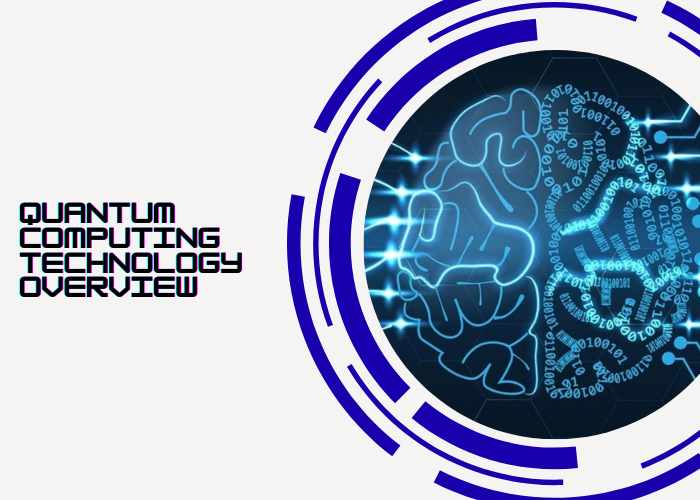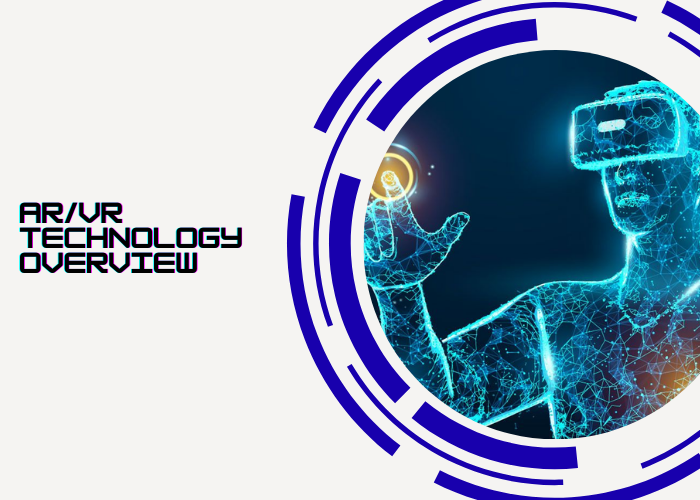5G Technology Overview
5G, the fifth generation of wireless technology, is not simply an incremental update to 4G LTE. It represents a paradigm shift in connectivity, offering ultra-fast data transfer, minimal latency, and the ability to connect billions of devices simultaneously. With global rollouts accelerating, 5G has become a foundation for innovations in autonomous vehicles, industrial automation, immersive media, and real-time healthcare applications.
The essence of 5G
5G networks leverage advanced spectrum utilization, small cell architecture, and technologies like massive 5G is more than just the next step in mobile connectivity; it represents a complete rethinking of how networks are built, deployed, and utilized. While 4G LTE provided the backbone for the rise of mobile apps, video streaming, and mobile broadband, 5G is designed with far more ambitious goals. It integrates technologies such as MIMO (multiple-input, multiple-output) and advanced beamforming to deliver dramatic improvements in bandwidth, reliability, and latency. The result is a network built not only for consumer smartphones but also for mission-critical applications across industries — from healthcare and automotive to manufacturing and entertainment. In short, 5G is the foundation for a hyperconnected society.
A Performance Leap Over 4G
One of the defining features of 5G is its ability to dramatically outperform 4G networks. In real-world deployments, peak data rates can surpass 10 Gbps, offering speeds comparable to wired broadband. Just as significant is the reduction in latency, which can drop to as little as one millisecond. This level of responsiveness creates possibilities that were previously unimaginable for mobile technology. For example, gamers can enjoy cloud-based gaming platforms with virtually no perceptible lag, while surgeons can rely on robotic systems to perform complex remote operations in real time with confidence that the connection will remain stable.
Equally transformative is 5G’s scalability. The network is designed to handle up to one million connected devices per square kilometer, laying the groundwork for massive Internet of Things (IoT) ecosystems. This density allows for the creation of smart cities, where sensors monitor traffic, air quality, energy consumption, and public safety simultaneously, all in real time. From autonomous vehicles to connected streetlights, 5G unlocks the infrastructure needed to support truly data-driven societies.
Industries Transformed by 5G
Although consumers will experience 5G through faster smartphones and smoother video streaming, the most profound changes will occur in enterprise and industrial sectors. Smart factories, for instance, rely on 5G to synchronize fleets of robots, sensors, and automated guided vehicles. These systems can communicate instantly, reducing downtime, improving efficiency, and enabling predictive maintenance powered by real-time analytics.
The automotive industry is another clear beneficiary. Vehicle-to-everything (V2X) communication, powered by 5G, allows cars to communicate with each other, with traffic lights, and with road infrastructure. This technology is essential for safer autonomous driving and for reducing congestion in urban environments. By enabling vehicles to exchange data in real time, 5G paves the way for transportation systems that are not only smarter but also more sustainable.
Healthcare is being reshaped as well. Connected ambulances can transmit patient data directly to hospitals while en route, allowing doctors to prepare before arrival. Telemedicine platforms are expanding into underserved regions where reliable connectivity was previously unavailable. Remote surgeries, powered by low-latency 5G links, are no longer a futuristic concept but a developing reality, making advanced medical expertise accessible anywhere in the world.
In media and entertainment, 5G enables ultra-high-definition video streaming, immersive virtual reality (VR) and augmented reality (AR) applications, and scalable cloud gaming platforms. These experiences demand low latency and high bandwidth, both of which are now feasible with 5G. For content creators and entertainment companies, this opens doors to entirely new business models based on interactive and real-time digital experiences.
Deployment Models and Spectrum Use
5G is not a one-size-fits-all technology. Its deployment relies on a combination of low-band, mid-band, and high-band (millimeter wave, or mmWave) frequencies. Low-band provides wide geographic coverage but only modest improvements over 4G. Mid-band offers an ideal balance between speed and range, making it the backbone of many commercial rollouts. High-band mmWave, by contrast, delivers unprecedented data rates but suffers from limited range and poor penetration through walls and obstacles, requiring dense networks of small cells.
Governments and carriers around the world are investing heavily in spectrum allocation, fiber backhaul, and network densification. In addition to public 5G deployments, private 5G networks are emerging in industries such as logistics, aviation, and manufacturing. Enterprises see value in dedicated networks that provide guaranteed performance, security, and control for mission-critical operations.
Challenges and Considerations
Despite its promise, 5G faces a range of challenges. Building dense networks in urban centers requires substantial capital and regulatory coordination. Meanwhile, rural areas risk being left behind, raising concerns about widening the digital divide. Addressing these disparities will require innovative business models, government incentives, and alternative solutions such as hybrid satellite-5G systems.
Security is another pressing issue. As billions of devices connect to 5G networks, the attack surface for cybercriminals grows exponentially. Protecting critical infrastructure, from power grids to healthcare systems, demands robust security protocols and international cooperation. For many governments, 5G is not just a technological project but also a matter of national security.
Environmental sustainability also enters the conversation. With data traffic expected to skyrocket, concerns about energy consumption and carbon emissions are increasing. Network operators and researchers are exploring greener solutions, including energy-efficient base station designs, AI-driven traffic management, and renewable-powered infrastructure. The future of 5G must balance performance gains with environmental responsibility.
The Road Ahead
Though 5G adoption is still in its early stages, its trajectory is unmistakable. As it converges with edge computing and artificial intelligence, entirely new applications will emerge. Factories will leverage collaborative robotics with split-second coordination. Remote education will evolve into immersive learning environments powered by AR and VR. Supply chains will become more resilient, as 5G-powered IoT systems provide real-time visibility from raw materials to finished products.
Perhaps the most exciting shift is the move toward “network-as-a-platform,” where connectivity itself becomes programmable and customizable. Enterprises and developers will be able to tailor network slices for specific needs, whether it be ultra-reliable low-latency communication for healthcare or massive machine-type communication for smart cities. This level of flexibility transforms networks from static infrastructure into dynamic enablers of innovation.
Conclusion
5G is not just an incremental improvement over 4G; it is the backbone of the next digital revolution. By combining speed, scalability, and reliability, it creates the conditions for a hyperconnected world where people, machines, and systems interact seamlessly. While challenges remain — from infrastructure costs and rural coverage gaps to cybersecurity and sustainability concerns — the potential benefits are profound. Industries from healthcare to automotive, manufacturing to entertainment, are already being reshaped by 5G’s capabilities.
Ultimately, 5G should not be viewed merely through the lens of faster smartphones or speed tests. Its real value lies in enabling new ecosystems of innovation that redefine how societies function, how businesses operate, and how individuals connect. As adoption accelerates and integration with AI and edge computing deepens, 5G will move from being a buzzword to becoming the invisible fabric that powers the 21st-century digital economy.



